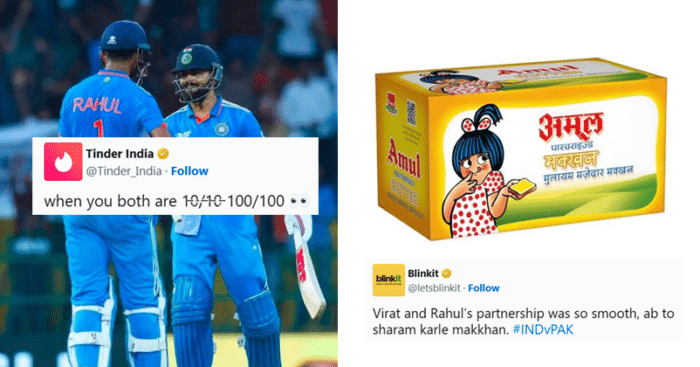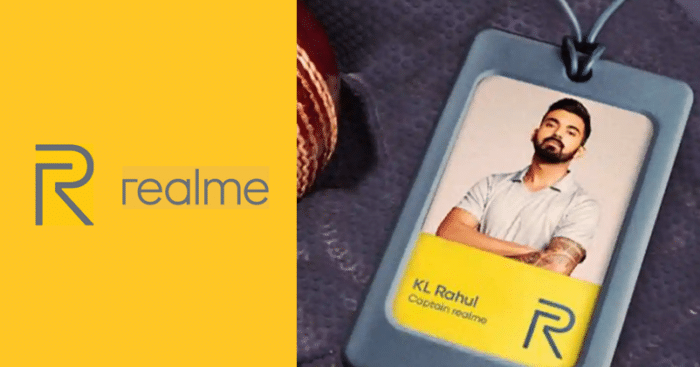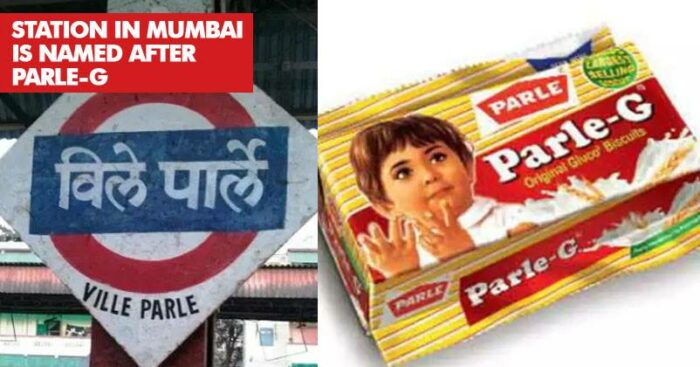Biscuit in India is synonymous to Parle-G. Whenever you go to your local tappri and ask for a chai-biscuit, you will get a cup of tea and Parle-G. That is enough to prove how integral Parle-G is in Indian society. It is probably the only biscuit we trust our toddlers and elders with. And we love eating it. It is something which is common in every household in India.
What makes Parle-G the biscuit for Indians is still not known. What we do know are these amazing facts about the brand itself and the infamous product Parle-G.
It is older than India
Parle Product, established in 1929 in Vile Parle, Bombay by the Chauhan family of Vile Parle. In that time they used to sell candies and confectioneries. The brand started producing biscuits in 1939. In 1947, after independence, the company launched an ad campaign, showcasing its Gluco brand of biscuits as an Indian alternative to British-branded biscuits which is Parle-G.
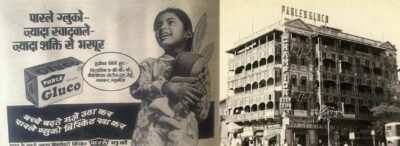
The G in Parle-G
At the start, the biscuit was sold as Parle Gluco. The name was based on the product being sold which were glucose biscuit. In the 1980s the name was changed to Parle-G, the G standing for glucose. Later in the game, they changed the slogan to G for genius and an ad campaign was started on the same idea.
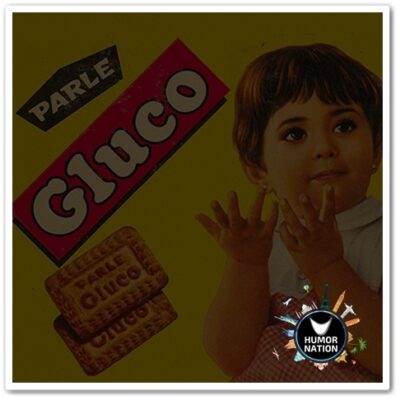
It’s packaging
Earlier Parle G biscuits were packed and sold in the Wax paper. However, later the packaging was changed to plastic paper. What stayed same was the color scheme and the picture of the kid on the packet.
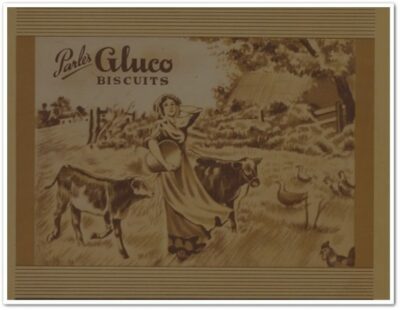
The 4551 mystery
What’s the 4551 mystery? Well, it is not a mystery but a fact. 4551 is the number of Parle-G biscuits being consumed at any given second in India. (Fun fact, I guarantee I’ve consumed more Parle-G than that and so have you.)
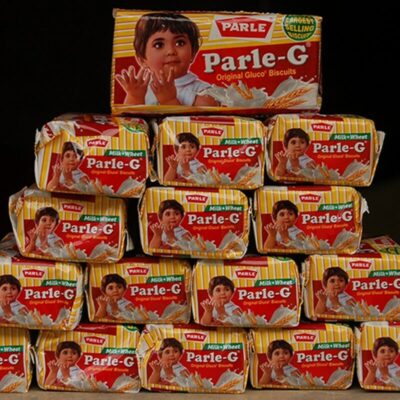
The Parle-G girl
She is Niru Deshpande of Nagpur who’s at present is in her 60s. The photograph in the packet was taken when she was three or four years old. Photographed by an artist, an urban myth suggests that her pictures are itself a piece of art.

The same taste
In circulation for 79 years, the brand kept the taste of the biscuits intact. There has been no change in the flavor of the biscuit ever since it first sold in 1939.
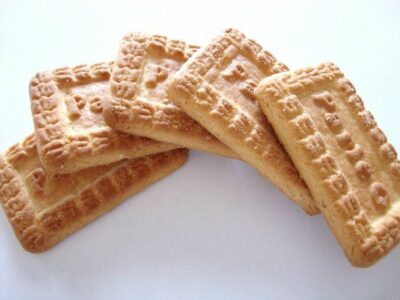
We love Parle-G to the moon and back
Oh yes, we do. Been so much in demand that the company has produced so many biscuits. 400 million Parle-G biscuits are produced daily, 1 million Parle-G packets are sold weekly. If you stack these packets one on top of the other, that you can cover the distance from Earth to the Moon (7.25 lakh Kms).
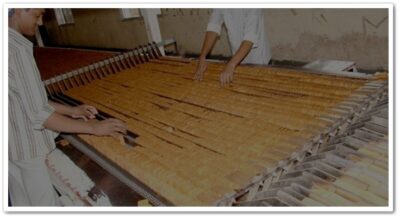
Ville Parl
The heady vanilla aroma of the biscuit coming from the factory was so much so that the place came to be known as Ville Parle. Yeah, that’s right.
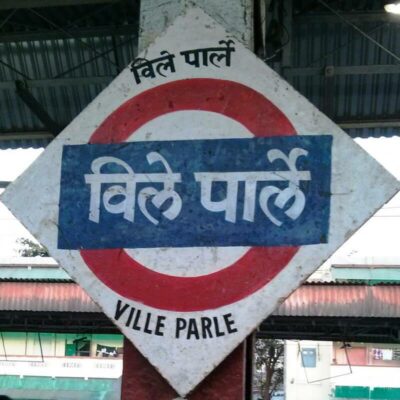
5,000 crore
In 2013, Parle-G was the first Indian FMCG (Fast-Moving Consumer Goods) brand to cross the Rs. 5,000 crore mark in retail sales. And according to a Nielsen survey of 2011, it is the best-selling brand of biscuits in the world.
Those were 9 of the most mind-boggling facts about your all-time favorite biscuit Parle-G.


